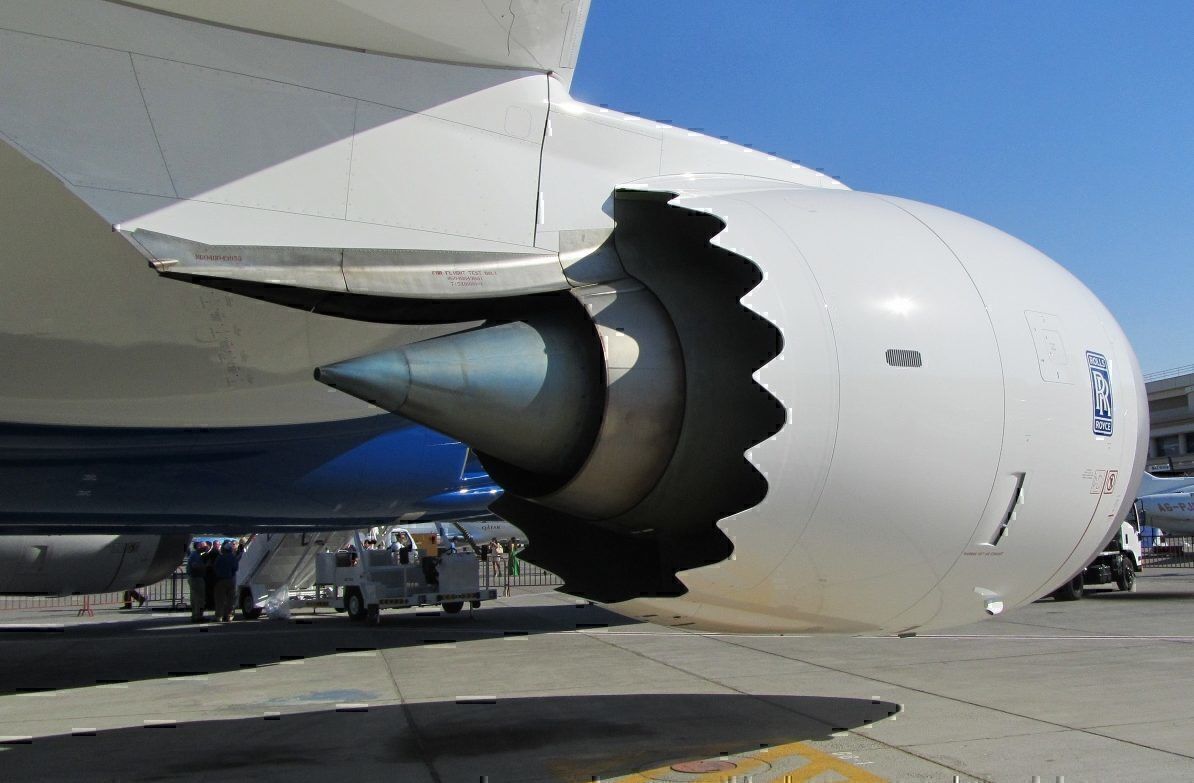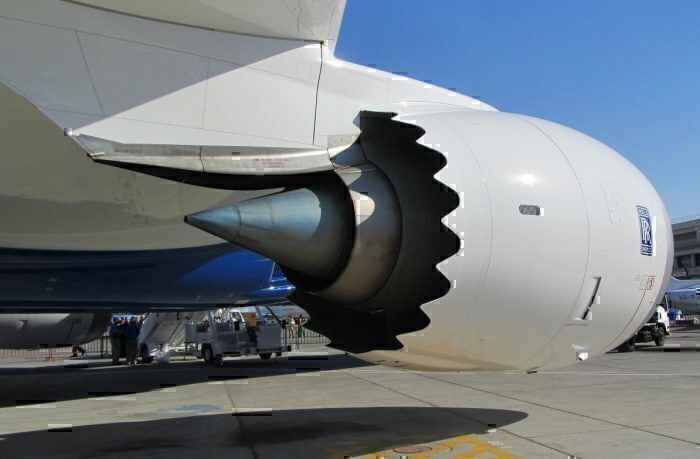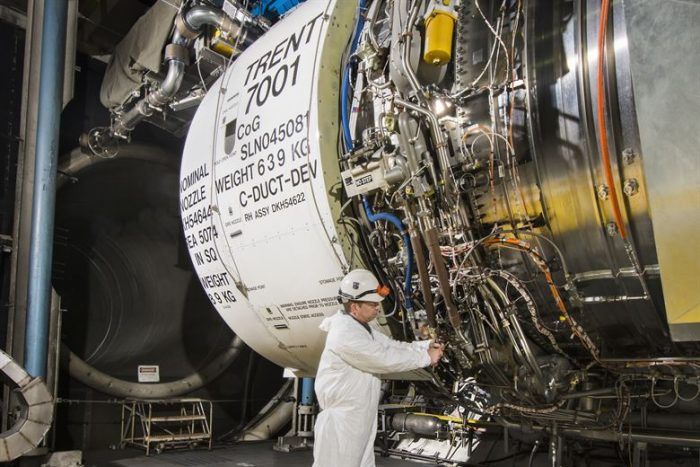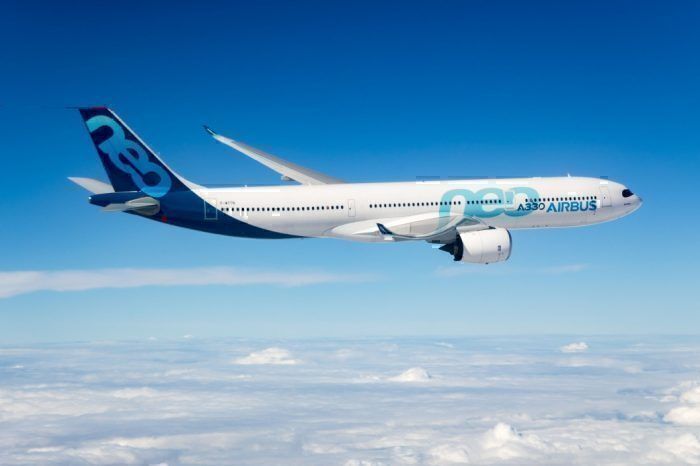Cracks found on the same engines used on the Airbus A330neo and Boeing 787 have caused European Union Aviation Safety Agency (EASA) to issue an airworthiness directive. The specific engines are the Rolls Royce Trent 7000 and Trent 1000, and will to be inspected during routine maintenance.
What is the problem with the engines?
As reported by Sam Chui, the airworthy directive was issued when examiners found that there were cracks in a part of the engine called the "intermediate-pressure compressor" when it was being pulled apart for repairs on a different section of the plane.
The issue is that if the engines are not inspected and cracks remain, then over time the stress may build up until the engine shuts down causing undue delays to the aircraft as it undergoes maintenance. Fortunately, no such event has occurred (and may not at all from this situation), but it is better to be safe than sorry.
Which aircraft use the engines?
These engines are fantastic marvels of machinery and are found on two of the world's most powerful aircraft, the new Airbus A330neo, and the Boeing 787 Dreamliner.
There are currently only 33 A330neos flying in the world today, so in terms of work for Rolls Royce, this is rather minor. It is the Dreamliners that the company needs to worry about.
With such a widespread fleet of aircraft, the Dreamliners will need to be inspected around the world and Rolls Royce will need to oversee foreign inspections.
This won't affect all Dreamliner aircraft, as the plane comes with the option of either the Trent engine or the General Electric engine (which is not affected by any issues at this stage).
What are the directive's instructions?
The airworthiness directive issued the following instructions:
"For the reason described above, this AD requires repetitive on-wing inspections of the front air seal of the affected part at a specific area between the fourth (rearmost) seal fin of the IPC shaft assembly front air seal and the IPC Stage 1 disc and, depending on findings, removal from service of the engine for corrective action(s)."
If the aircraft has flown over 1000 flight cycles, then it has to be inspected within the next 25 flights. If it has flown under 1000 flight cycles it needs to be inspected within 100 flight cycles.
If cracks are detected, the engine must be taken out of service and repaired following instructions from Rolls Royce.
This might seem like shocking news and that there is something wrong with the engineering, but this type of situation is much preferred over the alternative. All that will happen is that a few aircraft get cycled in for maintenance early to fix a 'potential' flaw (after all it was just cracks, nothing more) and the engine is to be redesigned to eliminate the flaw in future, making planes safer and more reliable than ever.
What do you think? Is the EASA taking the right action? Let us know in the comments.




